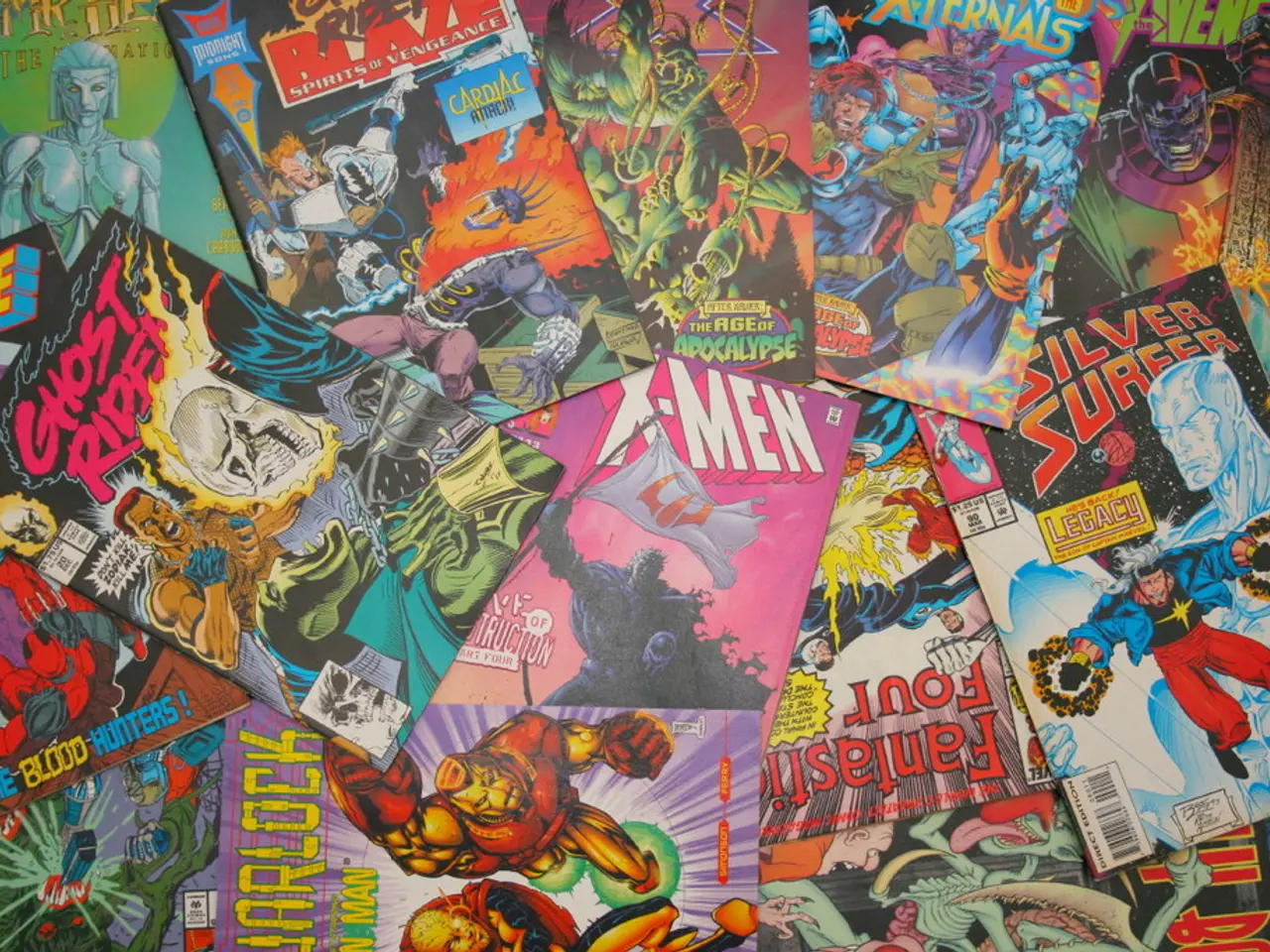The Distorted and Humorous Realm of Stanley Kubrick's Dr. Strangelove: A Revelation in Satire and Dark Humor
===============================================================================
In the realm of contemporary cinema, directors are encouraged to explore the art of cinematography beyond mere action capture. They can use it as a tool to enrich the story's subtext, a lesson masterfully demonstrated by Stanley Kubrick in his 1964 film, "Dr. Strangelove."
Set amidst the tense backdrop of the Cold War, Kubrick's masterpiece offers a scathing critique of nuclear brinkmanship, political paranoia, and hyper-masculine posturing. The film's dark comedic timing, sharp editing, absurd visual symbolism, and meticulous attention to performance are key to its enduring impact.
Kubrick's dark comedic timing and sharp editing juxtapose absurdity with the gravitas of nuclear catastrophe, allowing the satire to cut sharply without losing comedic effect. The editing highlights the frantic, chaotic responses of political and military characters, illustrating the folly of their decisions and reinforcing the film’s critique of Cold War paranoia and bureaucracy.
His use of absurd visual symbolism, such as the iconic image of Major Kong riding the nuclear bomb like a rodeo cowboy, transforms a horrifying event into a darkly humorous spectacle. This visual absurdity, combined with Kubrick’s background as a photographer skilled in storytelling through images, enhances the narrative’s satirical power by visually framing the human folly in exaggerated yet believable ways.
Kubrick also applies meticulous direction to actors, promoting subconscious, naturalistic performances that enhance the film’s satirical tone without slipping into farce. This technique helps maintain a balance between humor and believable character reactions, ensuring the comedy remains grounded in recognizable human and institutional flaws rather than caricature.
The script is laden with ironic and paradoxical statements, and the film's absurdity is heightened by the deadpan delivery of lines and the absurdity of the plot. By blending satire with stark realism, Kubrick creates films that are not only entertaining but also profoundly impactful.
The War Room, with its geometric precision, accentuated by stark lighting and monochromatic hues, mirrors the cold, calculated nature of political discourse. Kubrick employs visual irony by juxtaposing serious military discussions with ludicrous situations, such as Major Kong riding a bomb.
Peter Sellers, George C. Scott, and Sterling Hayden deliver memorable performances in the film, embodying a critique of the real-world figures and ideologies of the time. The cramped, dimly lit bomber scenes evoke a sense of impending doom and irrationality, while the black and white cinematography enhances the starkness of the satire.
In summary, Kubrick’s combination of dark comedic timing, editing precision, absurd but telling imagery, and exacting actor direction creates a seamless blend of satire and black comedy in "Dr. Strangelove." These techniques contribute to the film’s ongoing impact as a powerful cinematic indictment of political folly and nuclear threat.
The film is a darkly satirical masterpiece that blends the macabre with the mirthful, offering lessons for modern filmmakers, particularly in its masterful blend of dark comedy and political satire. It remains a timeless piece, its relevance preserved by the continued resonance of issues such as nuclear proliferation, global capitalism, and militarism.
- In the world of modern filmmaking, filmmakers are motivated to excel in cinematography, beyond merely capturing scenes.
- A filmmaker's expertise in cinematography can enrich a story's underlying message, as demonstrated by Stanley Kubrick in his movie "Dr. Strangelove."
- At film festivals, critics often commend movies with strong filmmaker direction, exceptional scriptwriting, and captivating performances.
- The animation scenes in an indie movie can significantly elevate the entertainment value, especially when combined with a compelling script and outstanding direction.
- The indie cinema scene is abundant with aspiring directors who are experimenting with cinematography techniques to create unique film experiences.
- A movie's release may generate buzz and excitement among entertainment enthusiasts, but its enduring impact often lies in its cinematography, performances, and satirical messages.
- A critic's review of movies-and-tv content may praise a filmmaker's use of irony and paradox in a script, enhancing the satirical power of a movie.
- The cinematography, acting, and satirical script in a movie like "Dr. Strangelove" can make a lasting impression on both audiences and aspiring filmmakers, providing lessons in entertainment and social commentary.








